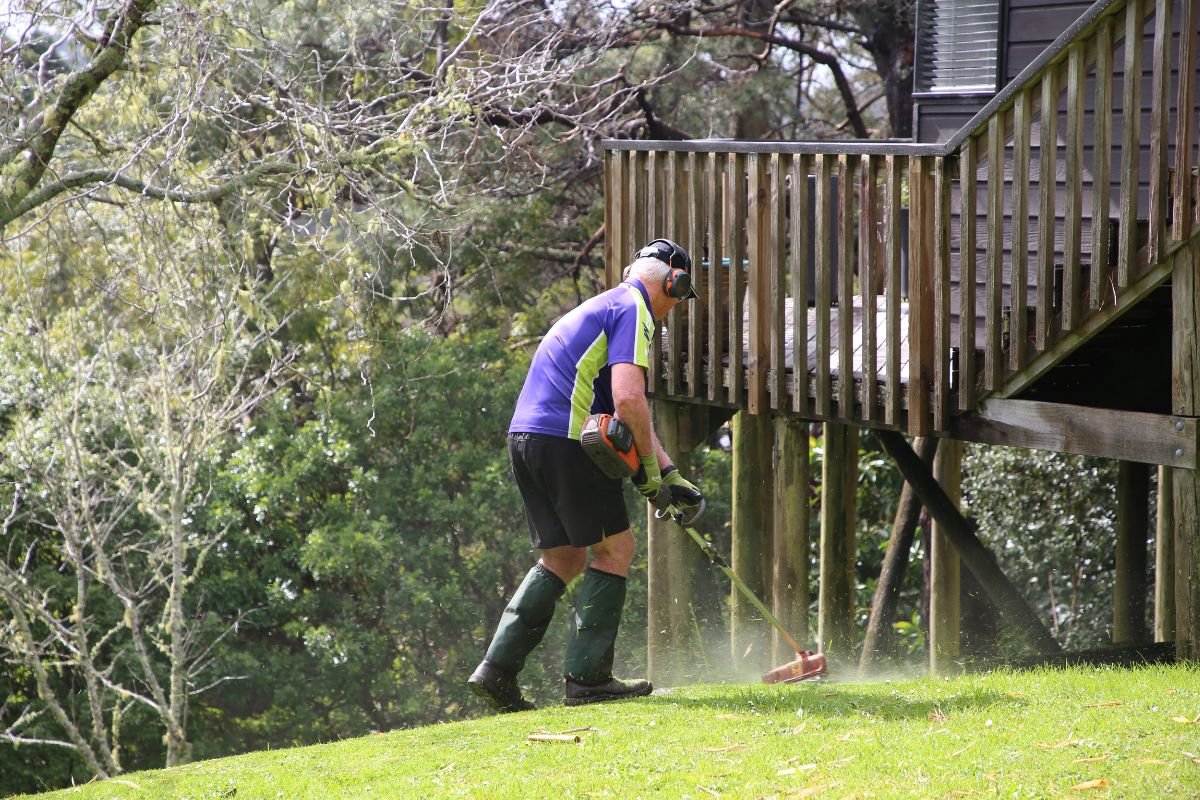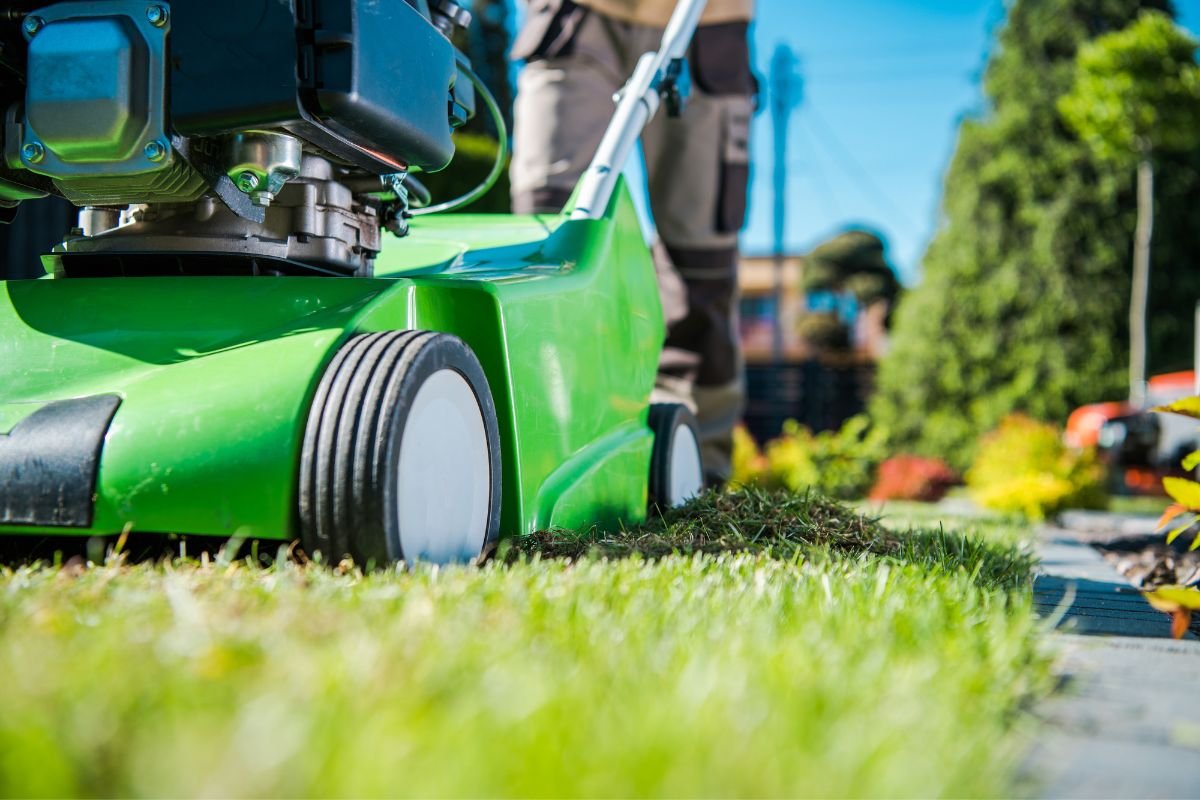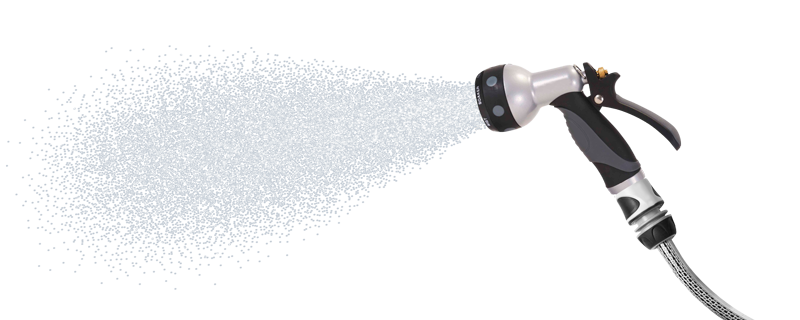When you’re sick, you load up on the vitamin C, arm yourself with a box of tissues and a bowl of soup then get into bed for a binge session of TV. It’s clear to see you’ve got the self-care routine nailed, but what about the care routine for your lawn? What do you do when it’s sick, suffering, and feeling a little under the weather? While you can’t feed it soup, you can make sure it has plenty of the following goodies.
Grass
Have you heard of grasscycling? It’s the process of reusing your lawn clippings by leaving them on your lawns. Not only do you save yourself the labour-intensive task of emptying the catcher, but your lawn benefits as well.
Grass clippings decompose quickly and also give your lawns much-needed nutrients. Grass clippings are also a natural type of mulch, helping your lawns to retain water that it might need at a later date. What’s more, it improves the texture of your soil and may mean you don’t need to rely on any fertilisers. Lawn mowing could be easier than ever before if you take up this new practice!
Water
If your lawns are looking a little bit worse for wear, but you can’t put your finger on the problem, then evaluate your watering process. You may think you’re doing your grass a favour by turning on your sprinkler for a few minutes at a time, but that might not be helping. To encourage your grass roots to grow deeper, you should water for long periods, but infrequently.
Apply around 2.5 centimetres of water to your lawn once per week and use an electronic tester to test the soil moisture. Add more water once 7-10 centimetres of topsoil is dry to touch. The long but infrequent method means your grass stays greener during times of drought – all thanks to the longer root structures.
Compost
You might think that compost is only suitable for your gardens, but it’s exceptional for ailing lawns as well. It makes it far greener than it may have ever been before. It’s worthwhile to learn how to make compost out of your your grass clippings and kitchen waste so that you can use it while you’re gardening and lawn mowing. Compost also helps with water drainage in sandy soils, stimulates root growth, reduces soil-borne diseases, and balances the pH levels of your soil.
Corn Gluten Meal
If you know your lawn is sick, but you’re not all that enthralled about the idea of herbicides and fertiliser, then go natural with corn gluten meal. This product, which you can even buy in your local supermarket, is a natural herbicide for organic crops and turf grass. It will also act as a soil fertiliser.
Corn gluten meal is a natural byproduct of corn’s wet-milling process and will also take care of annual weeds (to a degree).
Air
Nutrient absorption is a common problem that homeowners face with their lawns. How are you supposed to ensure it’s getting all the goodies when it’s so compacted and hard? Give your lawn some air. Use aerator shoes or a garden fork to prod holes into the surface. The holes can be around five centimetres deep and up to 20 centimetres apart.
Compacted soil is a significant issue. It can cause drainage problems and restricts grass growth as well. If you aerate it, your grass has a better chance of being healthier and more luscious than ever before.
Seeds
If the kids have gone wild over summer with their games of swingball and rugby, then you’ll probably discover you’ve got a few bald patches. These can take some time to recover, and you may even need a lawn care expert’s help to revive it.
Otherwise, you can sow new seeds during spring and autumn. Water the area well, sow the seeds, then water again once shoots appear (but not before!). Talk to a gardening or lawn care expert if you require a helping hand.
Conclusion
People take for granted that their lawns will always look and be healthier. However, many things can stop them in their tracks. Drought conditions, flooding, wear, weeds, pests, and some chemicals may all cause your grass to suffer. Rather than let it succumb to its illness, feed it and bring it back to full health. These options above may be all it takes to give your grass a new lease on life.
.png)



































